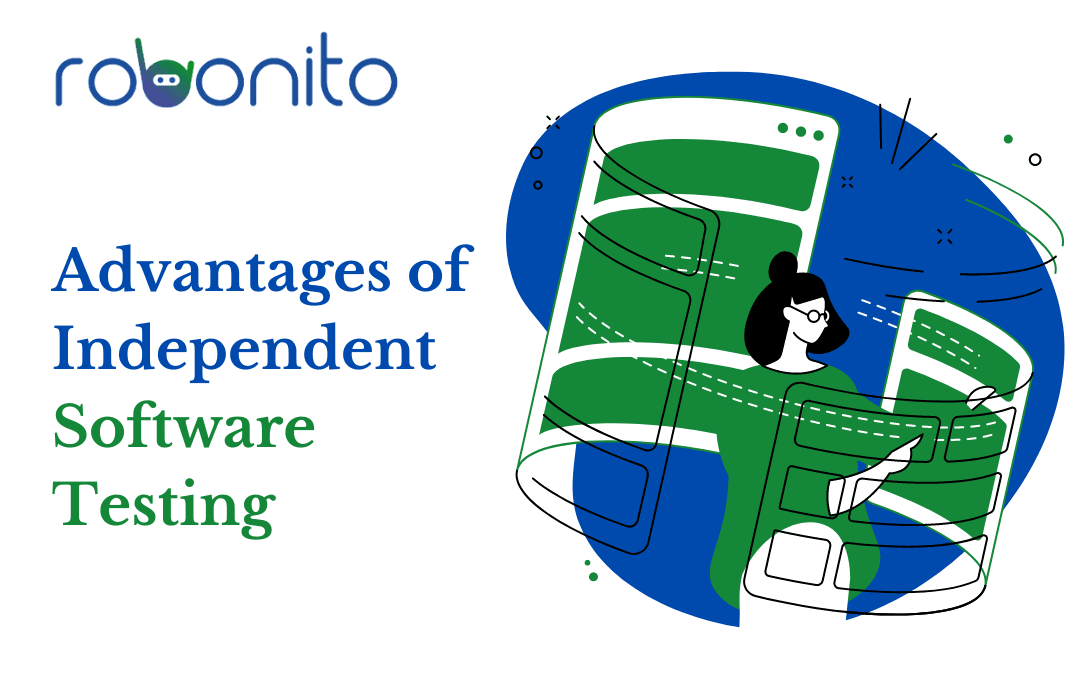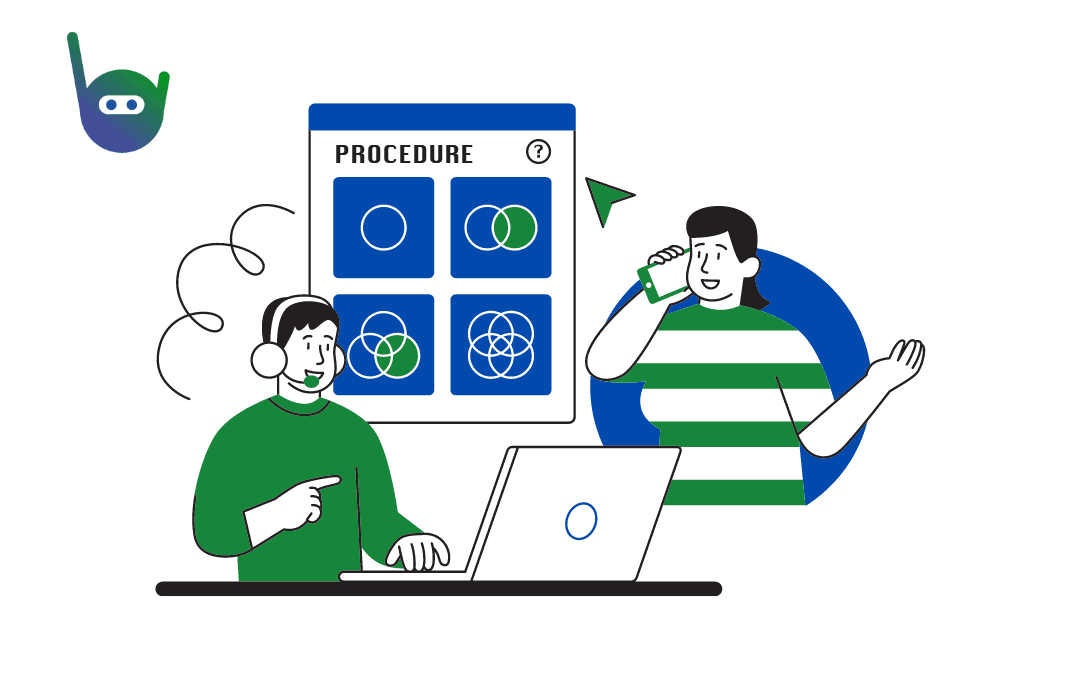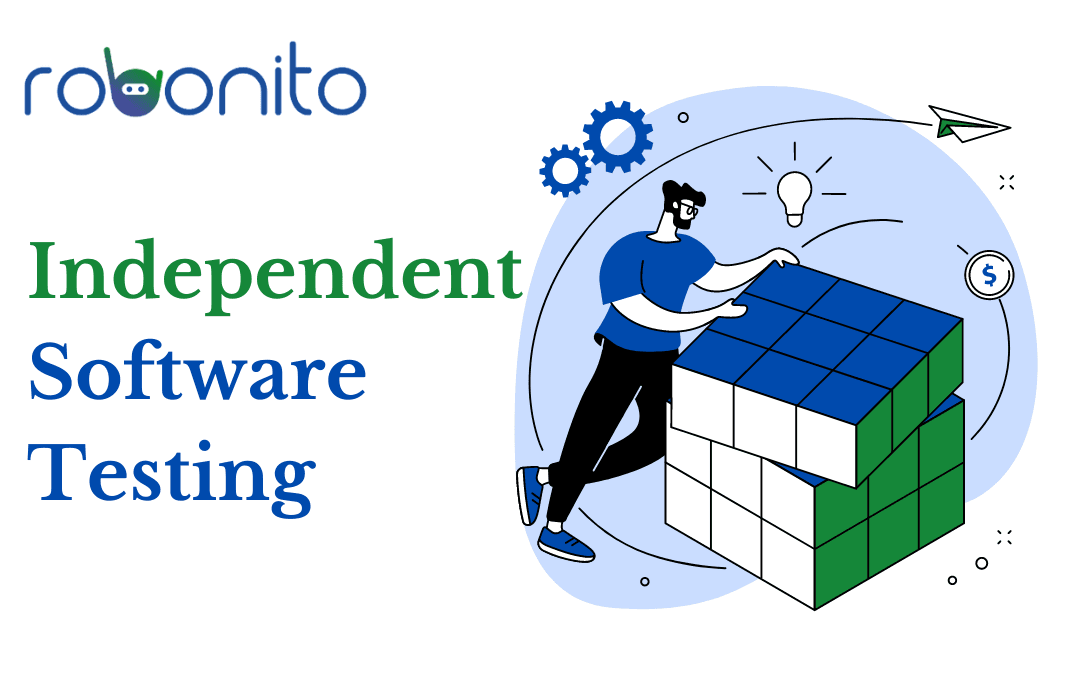Introduction
In today's rapidly evolving technological landscape, software applications, and systems have become integral to our daily lives. Whether it's mobile apps, web-based platforms, or enterprise software, quality assurance is vital to ensure that these software solutions function as intended. Independent software testing, performed by a specialized team external to the development process, helps organizations achieve this goal.
The Significance of Independent Software Testing
Independent software testing holds immense importance as it provides an unbiased assessment of the software's performance, reliability, and user experience. Unlike internal testing, independent testers bring a fresh perspective and can identify issues that may have been overlooked by the development team. This approach helps in enhancing the overall quality and ensuring that the software meets customer expectations.
Advantages of Independent Software Testing

The advantages of independent software testing are multifaceted. Firstly, it improves the quality of the software by identifying defects, vulnerabilities, and usability issues. By uncovering and addressing these problems early in the development cycle, organizations can prevent costly errors and ensure a smooth user experience. Independent testing also provides objective insights into the software's compliance with industry standards and regulations.
Types of Independent Software Testing
Independent software testing encompasses various types of testing to cover different aspects of the software's functionality and performance. Some common types of independent software testing include:
Functional Testing
Functional testing ensures that the software meets the specified functional requirements. It involves testing individual functions, user interactions, and the overall behavior of the software.
Performance Testing
Performance testing evaluates the software's responsiveness, scalability, and stability under various workload conditions. It helps identify bottlenecks and performance issues that could affect the user experience.
Security Testing
Security testing aims to uncover vulnerabilities and weaknesses in the software's security mechanisms. It involves assessing the software's ability to protect sensitive data and resist attacks.
Usability Testing
Usability testing focuses on evaluating the software's ease of use, intuitiveness, and overall user experience. It helps identify areas for improvement and ensures that the software meets user expectations.
Compatibility Testing
Compatibility testing verifies that the software works seamlessly across different devices, platforms, and operating systems. It ensures that the software delivers consistent performance across a range of environments.
Regression Testing
Regression testing validates that recent changes or bug fixes in the software do not adversely affect existing functionality. It helps ensure that new features or modifications do not introduce unintended side effects.
Acceptance Testing
Acceptance testing involves verifying whether the software meets the requirements specified by the client or end-users. It is performed to ensure that the software is ready for deployment.
Exploratory Testing
Exploratory testing is an unscripted testing approach that allows testers to actively explore the software's features and functionalities. It helps uncover issues that might be missed in scripted testing.
Localization Testing
Localization testing ensures that the software is culturally and linguistically suitable for different target markets. It involves validating translations, date and time formats, currency symbols, and other localized elements.
Automated Testing
Automated testing utilizes specialized software tools to automate the execution of test cases and validate expected outcomes. It helps improve testing efficiency and enables faster feedback on software quality.
Key Steps in the Independent Software Testing Process

To ensure effective independent software testing, several key steps are involved in the testing process:
Test Planning and Strategy Development
In this initial phase, the testing team collaborates with stakeholders to define testing objectives, scope, and strategies. Test plans and timelines are created, taking into account the project requirements and priorities.
Test Case Design and Execution
Test cases are designed to cover various scenarios and test the software's functionality. These test cases are then executed, and the results are documented for further analysis.
Defect Reporting and Tracking
Any defects or issues discovered during testing are logged in a defect tracking system. The testing team works closely with the development team to resolve these issues and retest the fixes.
Test Coverage Analysis
Test coverage analysis involves evaluating the completeness and effectiveness of the test cases. It ensures that all critical functionalities and use cases are adequately covered by the testing efforts.
Test Environment Setup
A suitable test environment is set up to simulate the software's operating conditions. This includes hardware, software, network configurations, and other dependencies required for testing.
Test Data Management
Test data is prepared and managed to ensure realistic testing scenarios. This involves creating representative datasets and configuring the test environment with relevant data.
Test Execution and Results Analysis
Test cases are executed systematically, and the results are analyzed to identify defects, performance issues, and areas for improvement. Test logs and reports are generated to track progress.
Test Reporting and Documentation
Comprehensive test reports are prepared to communicate the testing outcomes and provide actionable insights to stakeholders. Documentation ensures traceability and knowledge sharing within the team.
Challenges in Independent Software Testing

While independent software testing offers numerous benefits, it also comes with its fair share of challenges. Some common challenges include:
Time Constraints
Tight project schedules and deadlines can limit the time available for thorough testing. Testing efforts must be efficiently managed to achieve optimal coverage within the given time frame.
Resource Allocation
Securing skilled testing resources and allocating them appropriately can be challenging. Testers with domain-specific knowledge and expertise are often in high demand.
Test Environment Complexity
Creating and managing complex test environments that mimic real-world scenarios can be time-consuming and resource-intensive. Test environments must accurately reflect the software's deployment environment.
Test Data Management
Test data generation and management can pose challenges, especially when dealing with large datasets or specific data requirements. Ensuring data privacy and compliance adds an extra layer of complexity.
Communication and Collaboration
Effective communication and collaboration between the testing team and other stakeholders are crucial for successful testing. Clear requirements, timely feedback, and efficient issue resolution are vital for project success.
Best Practices for Effective Independent Software Testing
To ensure successful independent software testing, consider the following best practices:
Test Early and Test Often
Start testing as early as possible in the development cycle to identify and address issues promptly. Frequent testing iterations help catch defects early and reduce rework.
Define Clear Test Objectives
Clearly define the testing objectives, priorities, and success criteria. This ensures that testing efforts are aligned with the project's overall goals and expectations.
Utilize Both Manual and Automated Testing
Leverage a combination of manual and automated testing approaches to achieve optimal test coverage. Manual testing allows for exploratory and ad hoc testing, while automated testing improves efficiency and repeatability.
Ensure Sufficient Test Coverage
Design test cases that cover all critical functionalities, edge cases, and user workflows. Analyze test coverage regularly to identify any gaps and enhance test coverage accordingly.
Implement Continuous Integration and Delivery
Integrate testing into the development process using continuous integration and delivery (CI/CD) pipelines. This ensures that software changes are thoroughly tested before being deployed to production.
Collaborate with Development Team
Maintain close collaboration and communication with the development team throughout the testing process. Promptly share feedback, report issues, and work together to resolve defects effectively.
Establish Effective Bug Reporting and Tracking Mechanisms
Implement a robust defect-tracking system that allows for efficient bug reporting, tracking, and resolution. Clearly document the steps to reproduce each issue and provide relevant information for developers.
Conduct Regular Code Reviews
Perform regular code reviews to identify potential code quality issues and architectural flaws. Code reviews help ensure that the software is developed with quality in mind and minimize future defects.
Document Test Processes and Results
Thoroughly document test processes, methodologies, and results. This helps maintain transparency, facilitates knowledge sharing, and ensures future test repeatability.
Stay Updated with Emerging Testing Trends
Keep up-to-date with the latest testing tools, techniques, and trends. Embrace innovative approaches, such as shift-left testing and AI-based testing, to enhance the effectiveness of independent software testing.
Conclusion
Independent software testing plays a crucial role in ensuring the quality, reliability, and user satisfaction of software products. By providing an impartial evaluation of software functionality, independent testing identifies defects, improves performance, and enhances the overall user experience. With effective planning, collaboration, and the adoption of best practices, organizations can leverage independent software testing to deliver high-quality software solutions.
Revolutionize your software testing with Robonito, the ultimate no-code RPA automation testing tool. Say goodbye to endless testing hours – Robonito slashes testing time by a staggering 98%! Ready to experience the future of software testing? BOOK A FREE DEMO NOW and transform your testing process today!
FAQs
1. What is independent software testing? Independent software testing refers to the evaluation and validation of software by an external team, separate from the development process. It aims to provide an unbiased assessment of the software's functionality, reliability, and user experience.
2. Why is independent software testing important? Independent software testing is important because it brings a fresh perspective and unbiased evaluation of the software. It helps identify defects, improve software quality, ensure compliance, and enhance user satisfaction.
3. How does independent software testing improve software quality? Independent software testing improves software quality by uncovering defects, vulnerabilities, and usability issues. It provides valuable insights and feedback that help address these issues early in the development cycle, leading to higher quality software.
4. What are the challenges in independent software testing? Some challenges in independent software testing include time constraints, resource allocation, test environment complexity, test data management, and communication and collaboration issues.
5. What are the best practices for effective independent software testing? Best practices for effective independent software testing include testing early and often, defining clear test objectives, utilizing manual and automated testing, ensuring sufficient test coverage, implementing continuous integration and delivery, collaborating with the development team, establishing effective bug reporting and tracking mechanisms, conducting regular code reviews, documenting test processes and results, and staying updated with emerging testing trends.
